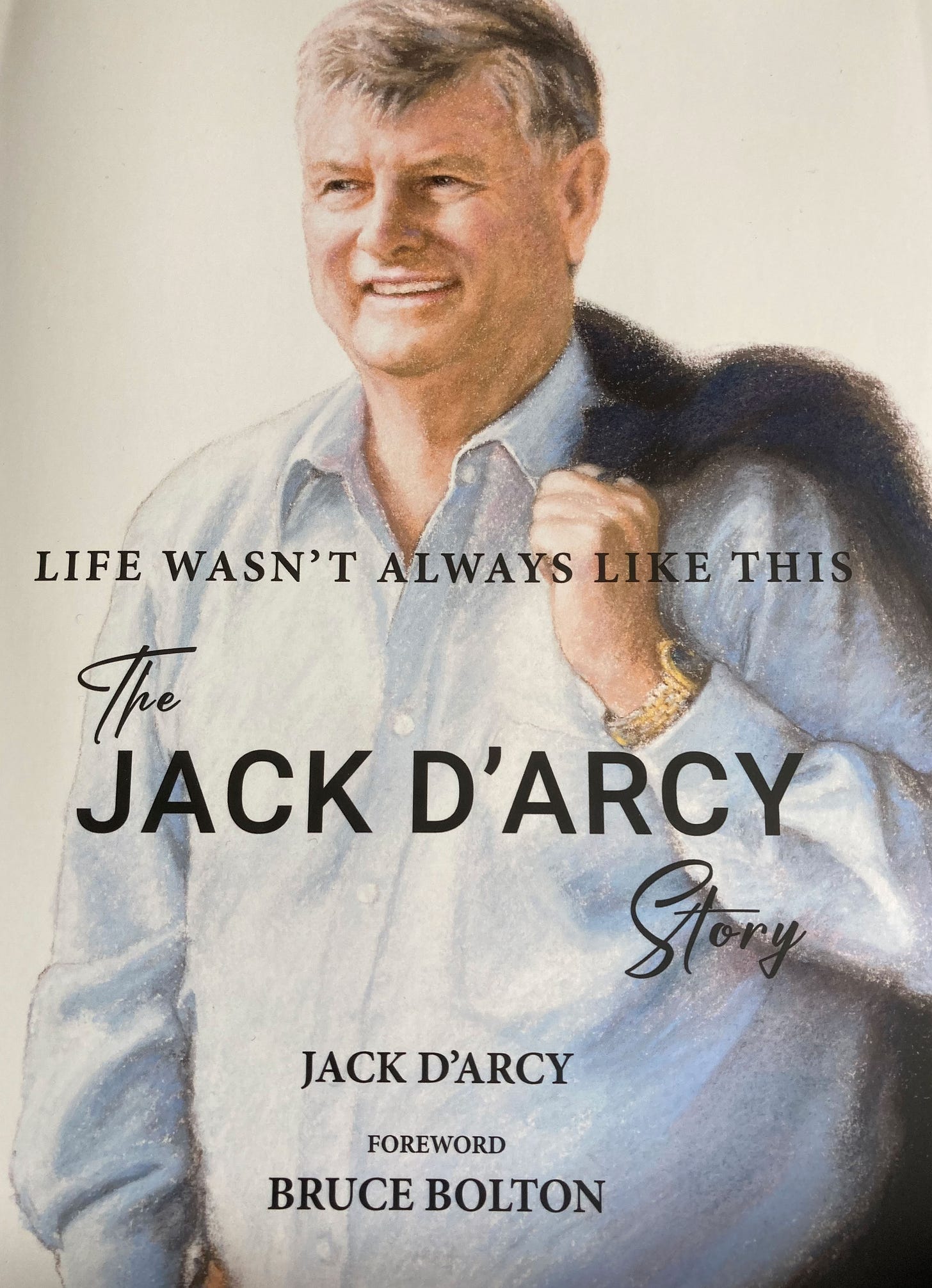Although his name doesn't belong among the more well-known names in New Zealand cricket, few would match Jack D'Arcy for his post-career achievements.
Cricket was a stepping stone for him to a rewarding life beyond the game and D’Arcy has written an entertaining and informative memoir with the release of Life Wasn’t Always Like This.
It is a stark reminder of the impoverished opportunities New Zealand players faced at least until the mid-1970s and, if D’Arcy’s international career was shorter than he wanted, he didn’t let the potential loss of confidence affect his approach outside the game.
Selected to tour England in 1958 with New Zealand, the tourists encountered batting phenomenon Peter May and two spin bowlers in their prime, Jim Laker and Tony Lock.
Bad weather afflicted the Test series and the tour. New Zealand always seemed to be on the worst end of it, with nearly every game rain-affected. It was one of the least satisfying tours. That was all the worse because it remains the only time New Zealand has played a five-Test series in England.
An opening batsman, D'Arcy had his first taste of big-time cricket when his father took him to see the touring Australians at Lancaster Park in 1946. The impression left on him was the basis for his cricket career, which started out with Canterbury in Plunket Shield play.
However, he had a tough time of it on the 1958 excursion. Low scores early on in England were relieved when he scored 89 against Glamorgan. That was to be his highest score in first-class cricket in which he totalled 2009 runs at 23.09. He scored another 60 against Hampshire before the first Test, and those two efforts, along with his conservative approach, secured him a Test place.
His Test average in 10 innings was 13.60, with a highest score of 33 against England. Yet figures don't always tell the story. D'Arcy's best feature was his occupation of the crease.
On debut at Edgbaston he was unbeaten on 18 at the end of day one with New Zealand 41-3. He added one more run in 20 minutes on day two before falling to Fred Truman in a New Zealand total of 94. Batting on a drying wicket in the second innings, he scored 25 before departing with New Zealand 49-3.
Selected again for the second Test, New Zealand was dismissed for 47, of which D'Arcy battled for 14 in 50 minutes. In the follow-on, on a drying wicket, he survived for just over two hours to be dismissed for 33, leaving New Zealand 44-6. He rated it the best inning of his career, and it was made all the more memorable when May shook his hand after the game to congratulate him on his effort.
Some interesting statistics emerged from the series. D'Arcy later learnt that in cricket's history, he could claim the highest percentage of a team's total runs for teams dismissed twice for less than 100. A study of time spent at the crease during the series showed D'Arcy batted for 735 minutes for 136 runs, with the next highest being Tony MacGibbon, a bowling all-rounder, on 491 minutes while scoring 175. John Reid and Bert Sutcliffe each spent 457 minutes, Reid scoring 147 in five Tests and Sutcliffe 122 in four.
The most interesting contributions to D'Arcy's reflections are his background on players he played with and against.
Typical was his recounting his first experience facing Central Districts' firebrand Gary Bartlett and being rocked by his pace. Many years later, at a dinner in Bowral, before the opening of the Bradman Museum's second stage, others reflected Bartlett's name and impact. Arthur Morris and Neil Harvey were also with D'Arcy at the dinner hosted by Ian Craig.
During the evening, the subject of the fastest bowlers they had faced came up, and Frank Tyson was the unanimous choice. But the second fastest saw Harvey, Craig and D'Arcy agree that Bartlett was next in line.
Cricket soon became a lesser part of D'Arcy's life, although he did complete playing for three provinces, Canterbury, Otago and Wellington.
However, his business career covered much of the book's content. D'Arcy found himself on the cutting edge of the computation of business machines, starting with a job with IBM. Later opportunities came from his understanding of the potentials of various systems, and he takes the reader on a fascinating journey through the issues pioneers of his type faced.
Mixed in with it are family experiences and investments, good and bad, mainly in Australia.
While his cricket career was not as bountiful as he may have wished, his life has been nonetheless fascinating, and it is beautifully presented in this memoir published by The Cricket Publishing Company
.



